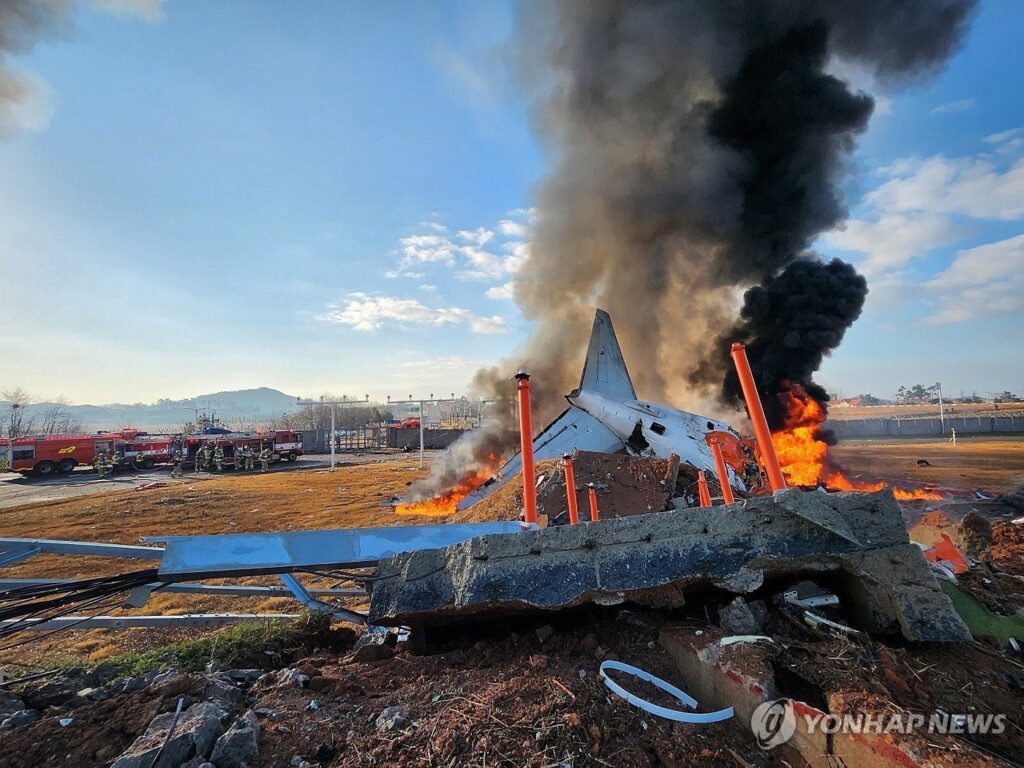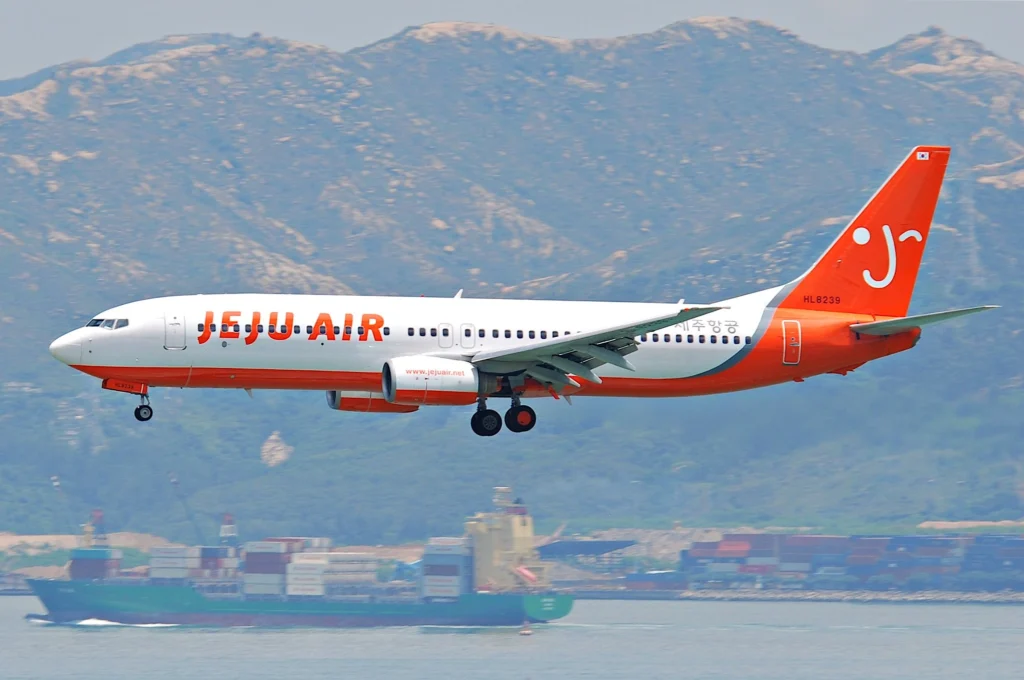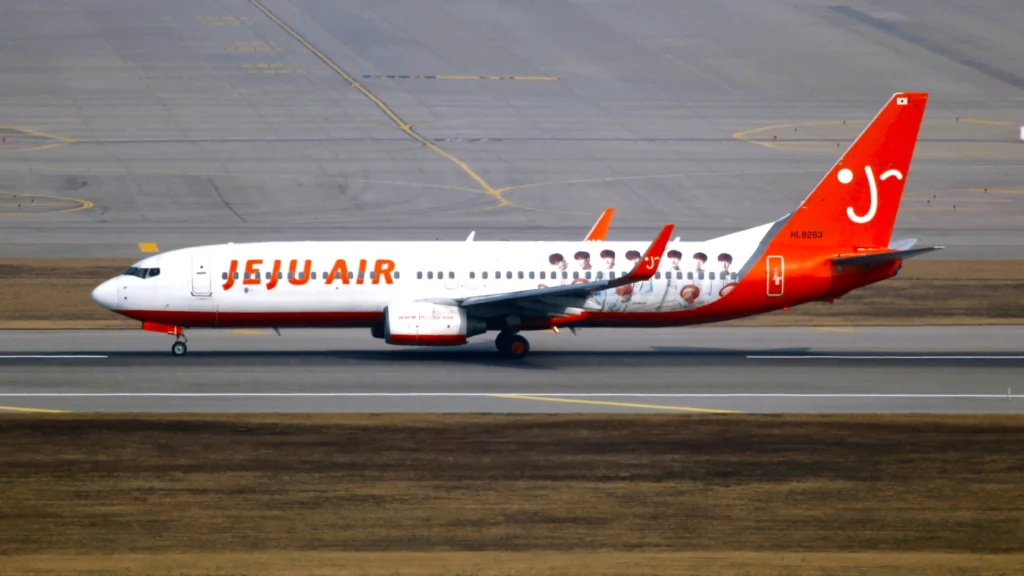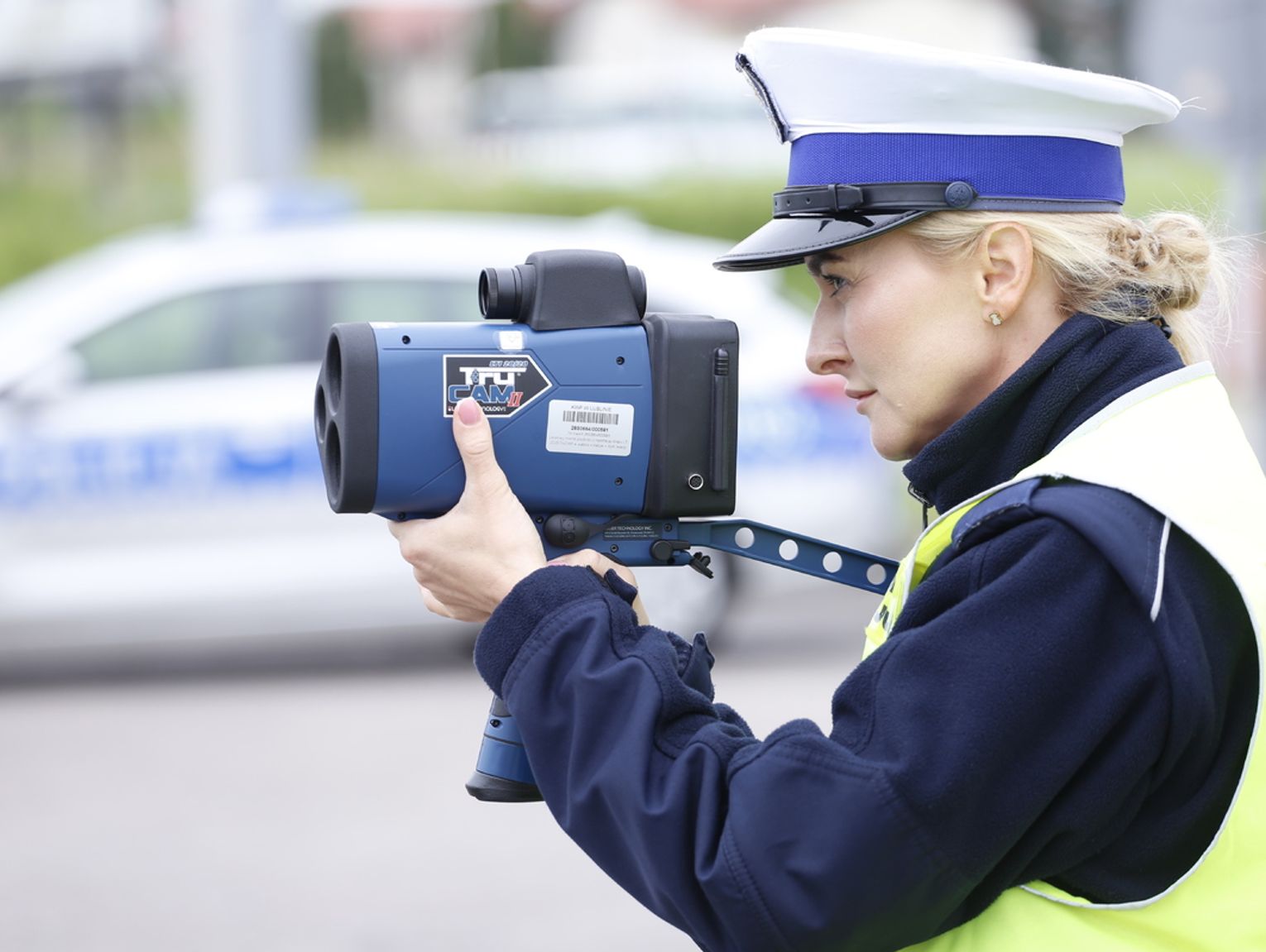
Гванджу. Новое пугающее обновление в расследовании катастрофы Jeju Air (7C) в международном аэропорту Муан в Южной Корее показало, что один из двигателей самолета все еще работал, когда он разбился 30 декабря 2024 года. На борту Boeing 737-800 находился 181 человек.
Самолет совершил посадку на живот после удара птицы, перелетел взлетно-посадочную полосу и столкнулся с бетонной насыпью. Столкновение вызвало огненный шар, который унес жизни всех, кроме двух. Это новое открытие усилило проверку решений пилотов и функций безопасности аэропорта.

Самолет Jeju Air Crash Probe
Южнокорейские следователи из Совета по расследованию авиационных и железнодорожных происшествий (ARAIB) опубликовали обновление 19 июля. Доклад не был опубликован из-за возражений семей жертв. Согласно отчету, следствие установило, что двигатель был в рабочем состоянии.
Несмотря на «всплеск» и видимое пламя и черный дым, он сохранил достаточную мощность для поддержания полета. Однако пилоты отключили левый двигатель через 19 секунд после удара птицы, который получил меньше повреждений. Причины этого выбора остаются неясными, окончательный отчет должен быть представлен в июне 2026 года.
Самолет, следовавший из Бангкока, удвоился, чтобы приземлиться против его первоначального направления взлетно-посадочной полосы с убранным шасси. Этот шаг привел к катастрофическим последствиям. На фотографиях в обновлении показаны оба двигателя с повреждением от удара птицы, но внутренний вред правого двигателя был более серьезным.
Эксперты, такие как бывший следователь Национального совета по безопасности на транспорте США Грег Фейт, описывают документ как «загадочный», он отметил, что в нем нет подробностей о производительности левого двигателя или подключенных системах.
 Фото: Aero Icarus | Flickr
Фото: Aero Icarus | FlickrОтголоски прошлых трагедий
Чеджу Авиакатастрофа 1989 года в Англии, где пилоты по ошибке выключили работающий двигатель на Boeing 737-400. Этот инцидент привел к 47 смертям. Эта катастрофа вызвала глобальные изменения, в том числе улучшение протоколов связи экипажа и обучение в чрезвычайных ситуациях.
Текущий зонд вызывает аналогичные опасения, с доказательствами из диктофона кабины, компьютерных данных и переключателя в обломках, предполагающих возможную ошибку. Тем не менее, способность правильного двигателя удерживать самолет в воздухе добавляет слой сложности, намекая на множество факторов.
CFM 737-800 Международные двигатели, построенные GE и Safran, не показали ранее существовавших неисправностей, кроме повреждений от птиц и аварий. Об этом говорится в докладе, опубликованном в ходе майской экспертизы.
В январе предварительный отчет подтвердил утиные перья и кровь в обоих двигателях, подчеркнув роль птичьего удара. История Jeju Air включает в себя инцидент с хвостовым ударом в аэропорту Гимпо в Сеуле в 2021 году, за который он был оштрафован на 2,2 миллиарда вон за нарушения безопасности.
 Фото: byeangel | Flickr
Фото: byeangel | FlickrВлияние на деятельность авиакомпании
Катастрофа, самая смертоносная авиационная катастрофа в Южной Корее, оставила шрам на общественном доверии. Пассажиры оставшихся 737-800 Jeju Air могут столкнуться с повышенным беспокойством, хотя авиакомпания продолжает работу, сотрудничая с ARAIB.
Аэропорт Муан, с уровнем забастовки птиц 0,09%, выше, чем в крупных центрах, таких как Гимпо (0,018%), сталкивается с давлением, чтобы улучшить управление птицами. Статус 4-го кода взлетно-посадочной полосы требует 240-метровой зоны безопасности, но присутствие набережной вызвало споры о соответствии.
Семьи жертв были проинформированы о результатах. Они сопротивлялись выпуску обновления, утверждая, что оно преждевременно указывает на ошибку пилота без изучения других причин. Союз пилотов Jeju Air возражает, что ARAIB вводит в заблуждение, преуменьшая всплеск левого двигателя, поддерживаемый данными черного ящика.
Родственники также настаивают на проверке конкретного набережного навигационного оборудования, которое, по словам экспертов, усугубило число погибших. Министерство транспорта Южной Кореи определило семь аэропортов, включая Муан, с аналогичными жесткими структурами. Есть также планы по замене их ударопоглощающими материалами, с проектами в стадии реализации.
Вглядываясь в будущее
С расследованием, которое продлится до июня 2026 года, ARAIB должен сбалансировать технический анализ с семейными проблемами. Зонд может рассказать больше о принятии решений пилотом, производительности двигателя и недостатках конструкции аэропорта.
Репутация Jeju Air висит на волоске, в то время как Boeing и производители двигателей GE и Safran ожидают проверки. Путешественники могут ожидать обновления мер безопасности в Муане, что потенциально изменит региональные стандарты авиаперевозок.
Оставайтесь с нами. Следуйте за нами в социальных сетях для последних обновлений.
Присоединяйтесь к нам в Telegram Group для последних обновлений авиации. Следуйте за нами в Google News
Авиакатастрофа в Чеджу: бывший президент корейского аэропорта найден мертвым
Авиационный зонд «Джеджу» обнаружил рабочий двигатель во время крушения, в результате которого погиб 181 человек, впервые появился на Aviation A2Z.









![W "Piątce" wiedzą, iż bezpieczeństwo to podstawa! [ZDJĘCIA]](https://www.eostroleka.pl/luba/dane/pliki/zdjecia/2025/557735075_1431347902326116_6686935248664708856_n.jpg)







